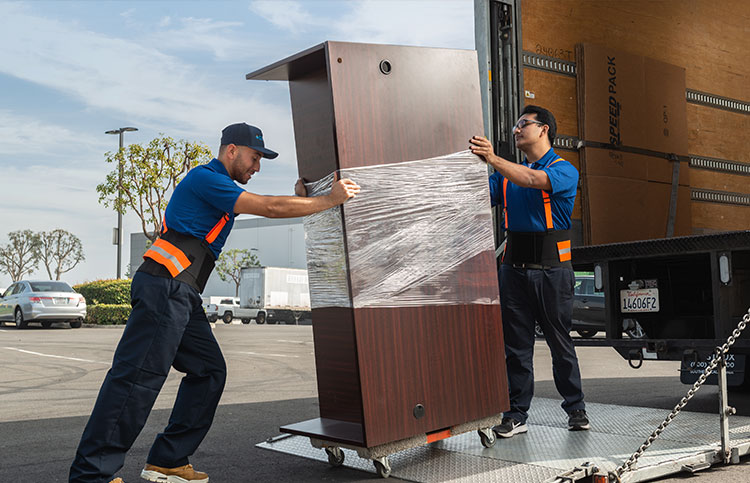Moving to a new city or state can be an exciting yet daunting experience. Whether you’re relocating for work, family, or a fresh start, the process of long-distance relocation requires careful planning and execution. In this article, we’ll explore the best strategies for a successful long-distance move, covering everything from packing tips to hiring professional movers.Here are some key considerations for your best long-distance relocation:
- Plan Ahead: Start preparing at least 2-3 months before your move. Create a checklist of tasks, such as sorting belongings, researching moving companies, and notifying utilities.
- Declutter Your Home: Reduce moving costs by getting rid of items you no longer need. Sell, donate, or discard unnecessary belongings.
- Research Moving Companies: Compare quotes from at least three reputable long-distance movers. Read reviews and verify their licensing and insurance.
- Pack Strategically: Use high-quality packing materials and label boxes clearly. Pack an essentials box with items you’ll need immediately upon arrival.
One of the most critical aspects of long-distance relocation is choosing the right transportation method. Here are your options:
- Professional Movers: Ideal for large households or those with valuable items. Full-service movers handle packing, loading, and unloading.
- Moving Containers: Companies like PODS deliver storage containers to your home. You pack them, and they’re transported to your new location.
- Truck Rental: A cost-effective option if you’re comfortable driving a large vehicle and handling the move yourself.
Budgeting is another essential factor in long-distance relocation. Unexpected costs can add up quickly, so it’s wise to:
- Get detailed quotes from moving companies, including potential additional fees.
- Set aside 10-15% of your estimated budget for unforeseen expenses.
- Consider tax deductions if your move is work-related (check IRS guidelines).
- Compare the cost of moving versus replacing certain furniture items.
Timing your move can significantly impact both cost and convenience. The best long-distance relocation often considers:
- Avoiding peak moving seasons (summer months and weekends) for better rates.
- Checking school calendars if you have children.
- Considering weather conditions along your route and at your destination.
- Scheduling utilities to be disconnected and reconnected appropriately.
For those with special items, additional planning may be required. Valuable, fragile, or oversized items need particular attention:
- Get appraisals for high-value items before moving them.
- Consider separate insurance for antiques or artwork.
- Research state regulations for moving plants or pets.
- Plan for special equipment needed for pianos or pool tables.
Setting up your new home efficiently is just as important as the move itself. To make your best long-distance relocation truly successful:
- Visit your new area beforehand if possible to scout neighborhoods and services.
- Create a floor plan of your new home to determine furniture placement.
- Research local services like doctors, schools, and DMV locations.
- Update your address with banks, subscriptions, and government agencies.
Finally, don’t overlook the emotional aspects of relocation. A long-distance move can be stressful, so remember to:
- Take breaks during the packing process to avoid burnout.
- Stay connected with friends and family throughout the transition.
- Explore your new community to start feeling at home.
- Be patient with yourself as you adjust to new surroundings.
By following these comprehensive strategies, your best long-distance relocation can be a well-organized, cost-effective, and even enjoyable experience. Remember that thorough preparation is the key to minimizing stress and ensuring a smooth transition to your new home.

